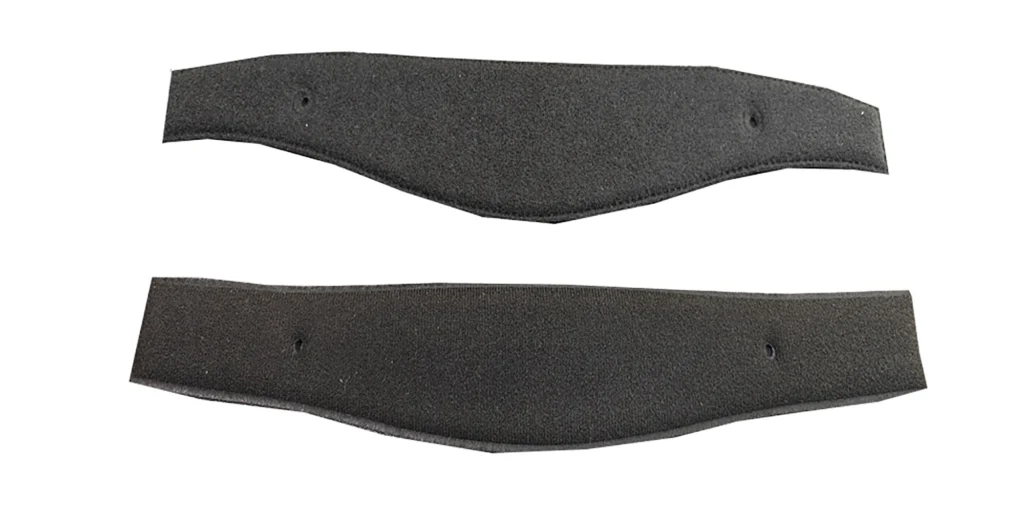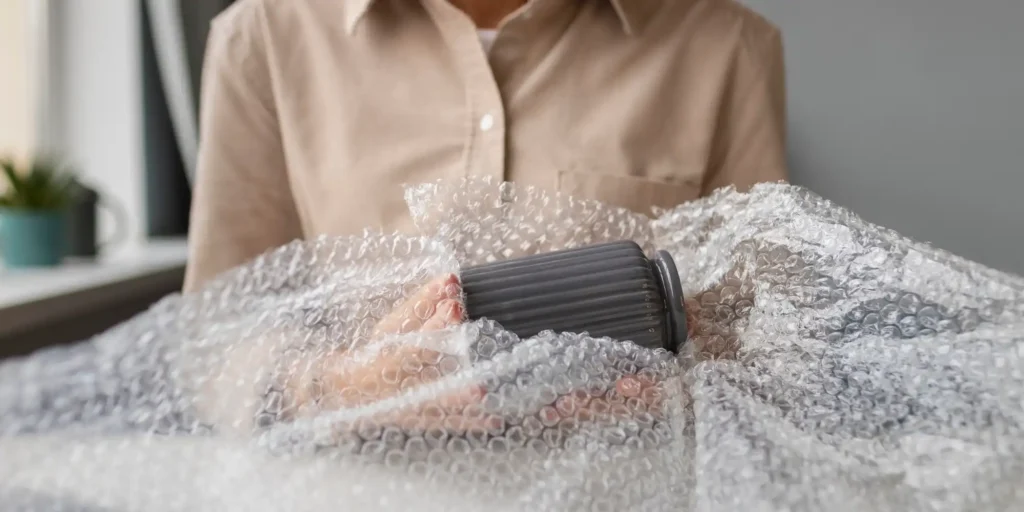Abstract
As the global wave of smart home technology surges, wearable devices have emerged as pivotal interfaces connecting users to intelligent ecosystems. Ethylene-vinyl acetate (EVA) foam, distinguished by its exceptional flexibility, lightweight properties, and moldability, has emerged as an ideal material to address the pliability requirements of wearable tech. This paper explores EVA foam’s technological advancements in shock absorption, ergonomic fit, and comfort, while analyzing its role in driving innovation within the smart home wearable sector.
I. The Paradigm Shift in Flexibility Driven by the Smart Home Revolution
The proliferation of smart homes has catalyzed exponential growth in wearable devices, elevating user expectations for lightweight design and all-day comfort. Flexibility has emerged as a critical challenge—wearables must conform to anatomical contours while maintaining structural integrity through rigorous use.
II. EVA Foam: The Unseen Catalyst for Adaptive Flexibility
Dynamic Ergonomic Adaptation
Owing to its highly pliable molecular structure, EVA foam can be precision-molded into intricate geometries, seamlessly conforming to wrists, ear contours, and other complex body profiles. Unlike rigid plastics, it boasts a rebound resilience exceeding 85%, ensuring shape retention even under prolonged deformation.
Dual Optimization: Shock Absorption and Minimal Weight
With a porosity exceeding 60% and a density as low as 0.03 g/cm³, EVA foam absorbs up to 90% of impact energy (per ASTM D2632 testing), effectively safeguarding delicate components in smartwatches, AR glasses, and other wearables.
Breathability and Antimicrobial Enhancements
Through nano-cellular structural modifications, EVA foam achieves an air permeability rate of 0.8 mm³/s (ISO 9237 standard), mitigating moisture accumulation and meeting hygienic standards for medical-grade wearables.
III. Real-World Applications: From Concept to Mass Adoption
- Smartwatch Bands: 3D-printed hollow EVA structures reduce weight by 40% and decrease wearer pressure perception by 67%.
- VR Headset Cushions: Graded-density EVA layers (shore hardness 50° soft zones to 80° firm zones) evenly distribute pressure, extending immersive usage durations.
- Biometric Monitoring Patches: Medical-grade EVA adheres directly to skin, enabling uninterrupted 72-hour ECG monitoring.
IV. Future Horizons: The Rise of Smart-Responsive EVA Foams
MIT researchers have developed a “shape-memory EVA” prototype capable of autonomously adjusting hardness (Shore A 10° to 70°) via thermal or electrical stimuli, unlocking new possibilities for adaptive wearables.
FAQ
Q1: How does EVA foam surpass silicone in flexibility?
A1: EVA exceeds silicone’s 70–90% rebound resilience with ≥95% recovery and <5% permanent deformation. Its open-cell architecture better reconciles breathability with lightweight demands, making it ideal for dynamic wearable applications.
Q2: How should EVA-based wearables be maintained in smart home environments?
A2: Clean with pH-neutral solutions and soft brushes (avoid alcohol), then air-dry below 50°C. Advanced EVA formulations achieve IP68 ratings, resisting sweat, UV exposure, and temperatures from -20°C to 80°C.
Q3: Does EVA’s shock absorption compromise device accuracy?
A3: Finite element analysis optimizes density distribution (e.g., 30 kg/m³ high-density EVA around sensors), balancing impact resistance with millimeter-level precision for heart rate and motion tracking.
Q4: How is EVA safety validated for wearables?
A4: Compliance with ISO 10993 biocompatibility standards is mandatory, requiring tests for formaldehyde (<75 ppm) and heavy metals (Pb <5 ppm). Medical-grade EVA holds FDA Class II certification.
Q5: Can EVA foam accommodate miniaturized wearables?
A5: Microfoaming technology now enables ultra-thin 0.1mm EVA layers for smart rings and e-tattoos, maintaining >300% elongation rates without performance compromise.
WELLE Trade has over 20 years of experience in the production and processing of PE/EVA/TPE foams, so you may want to consult with them if you have any sourcing needs.




